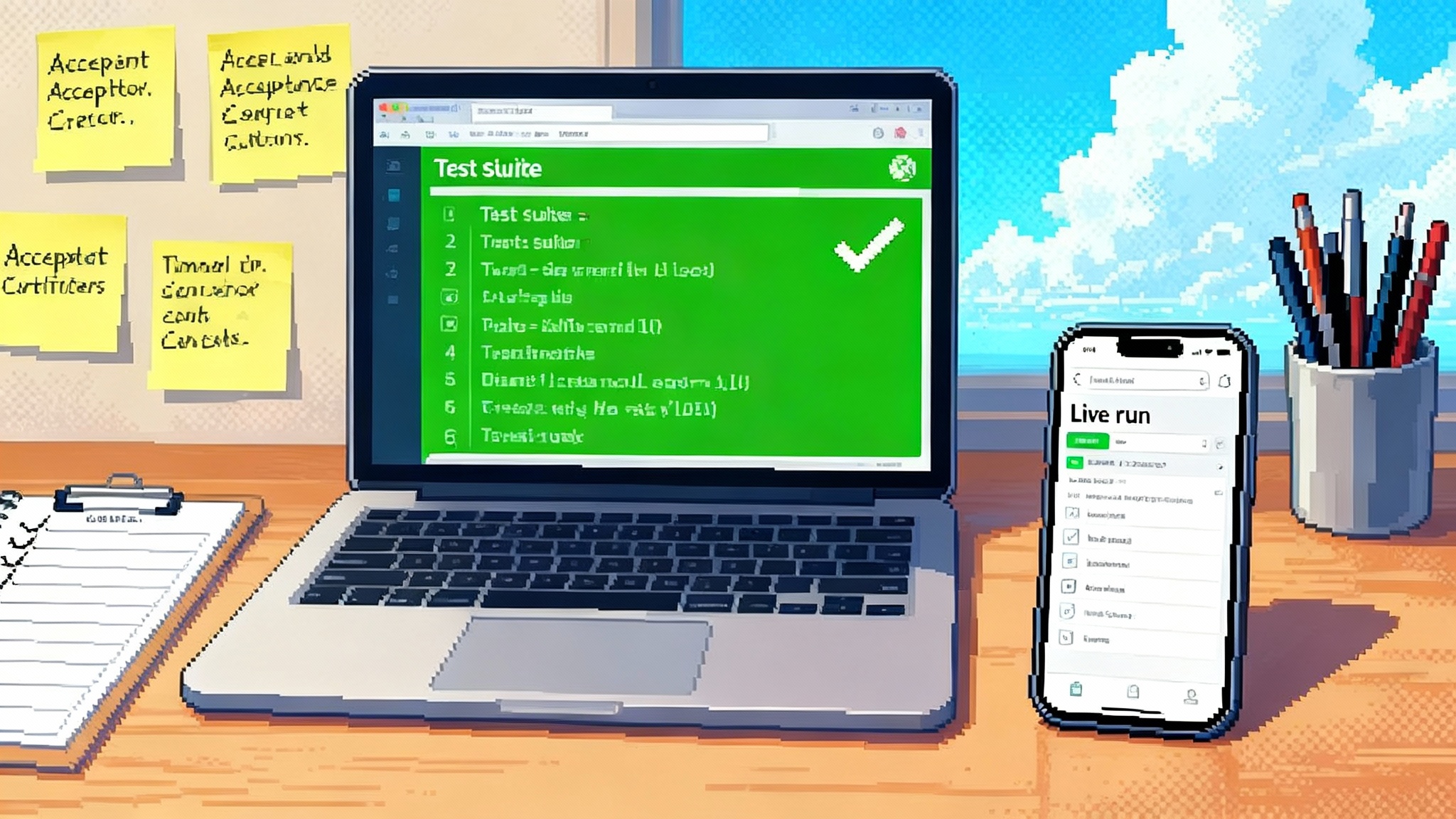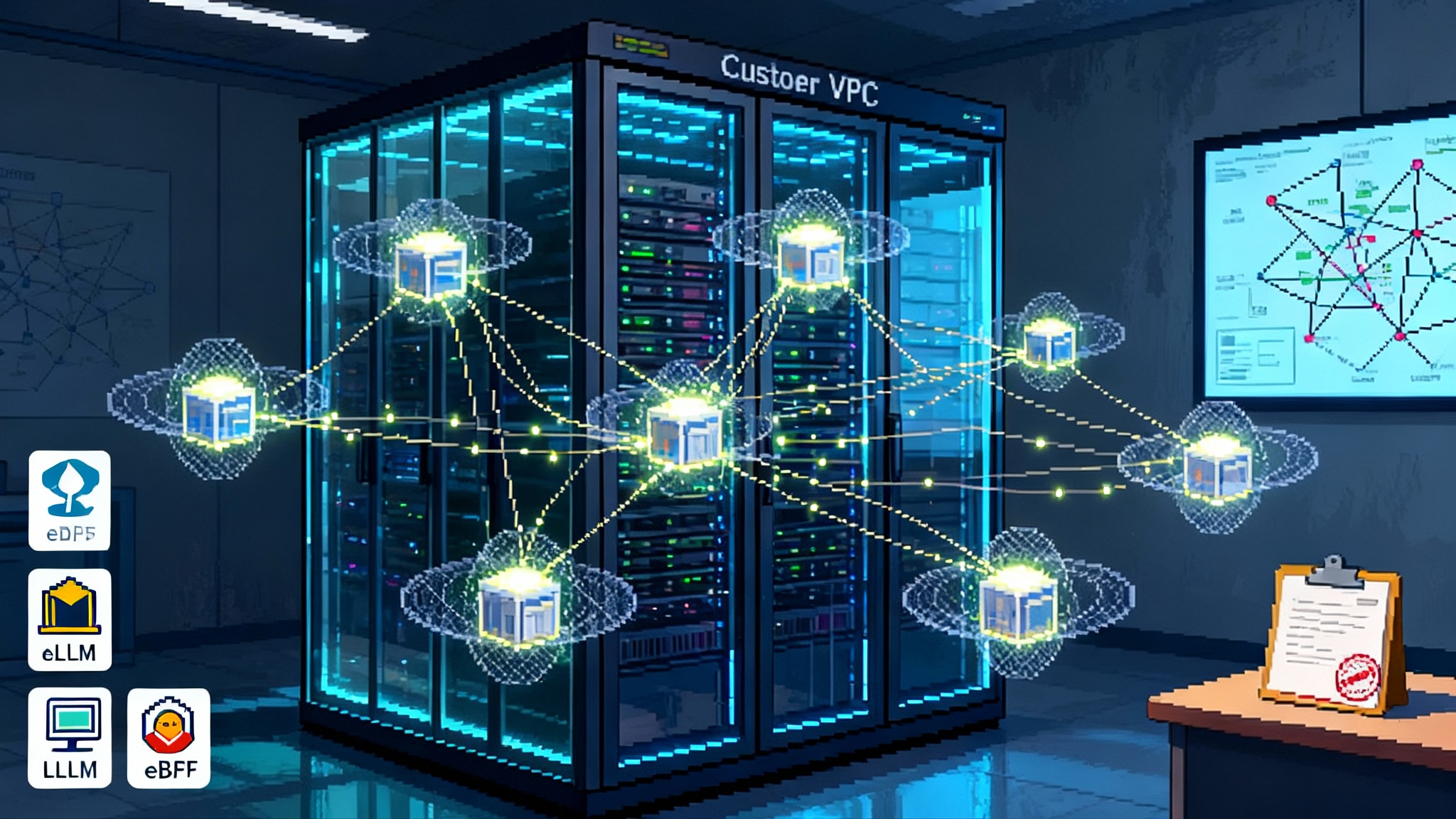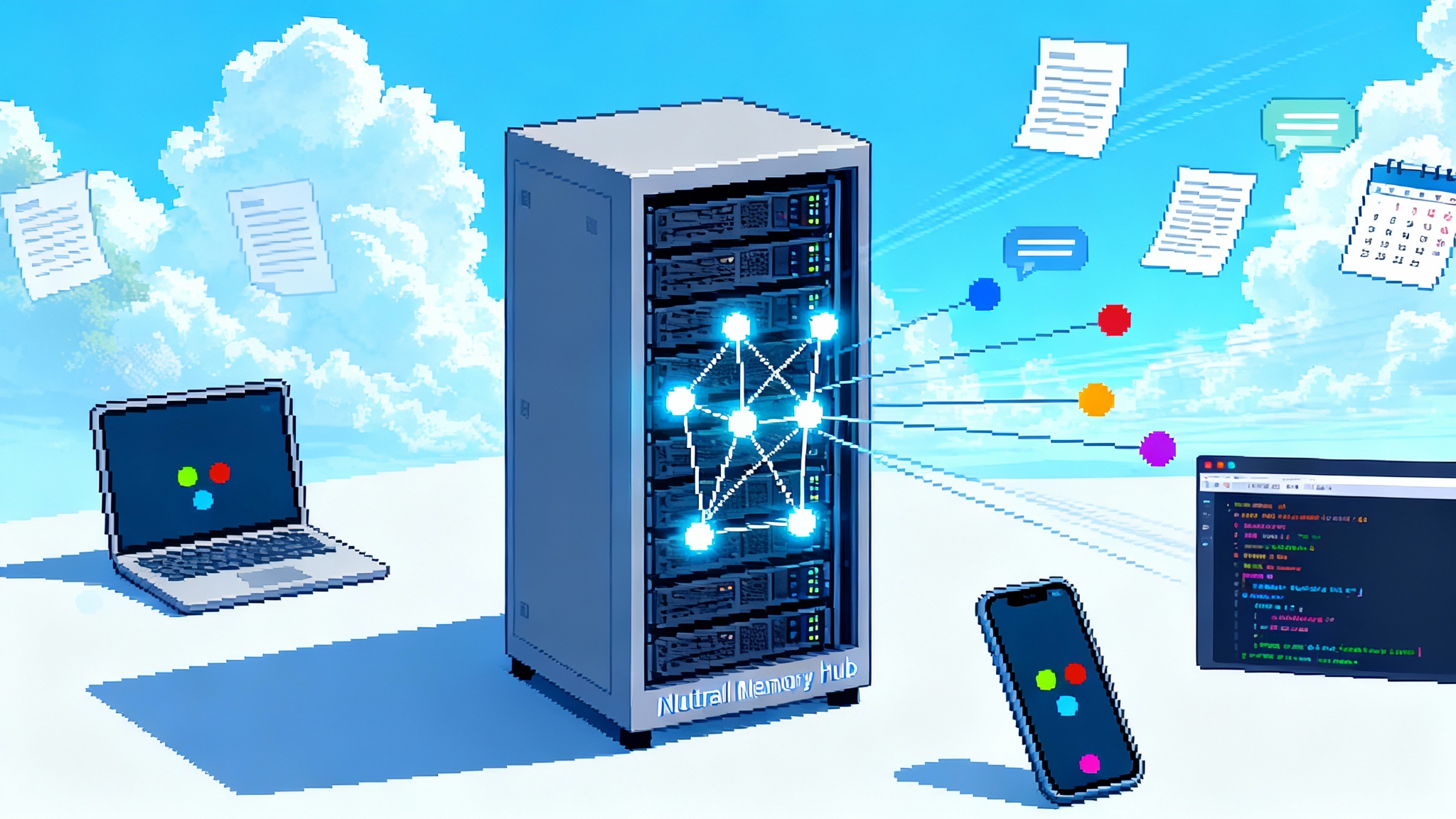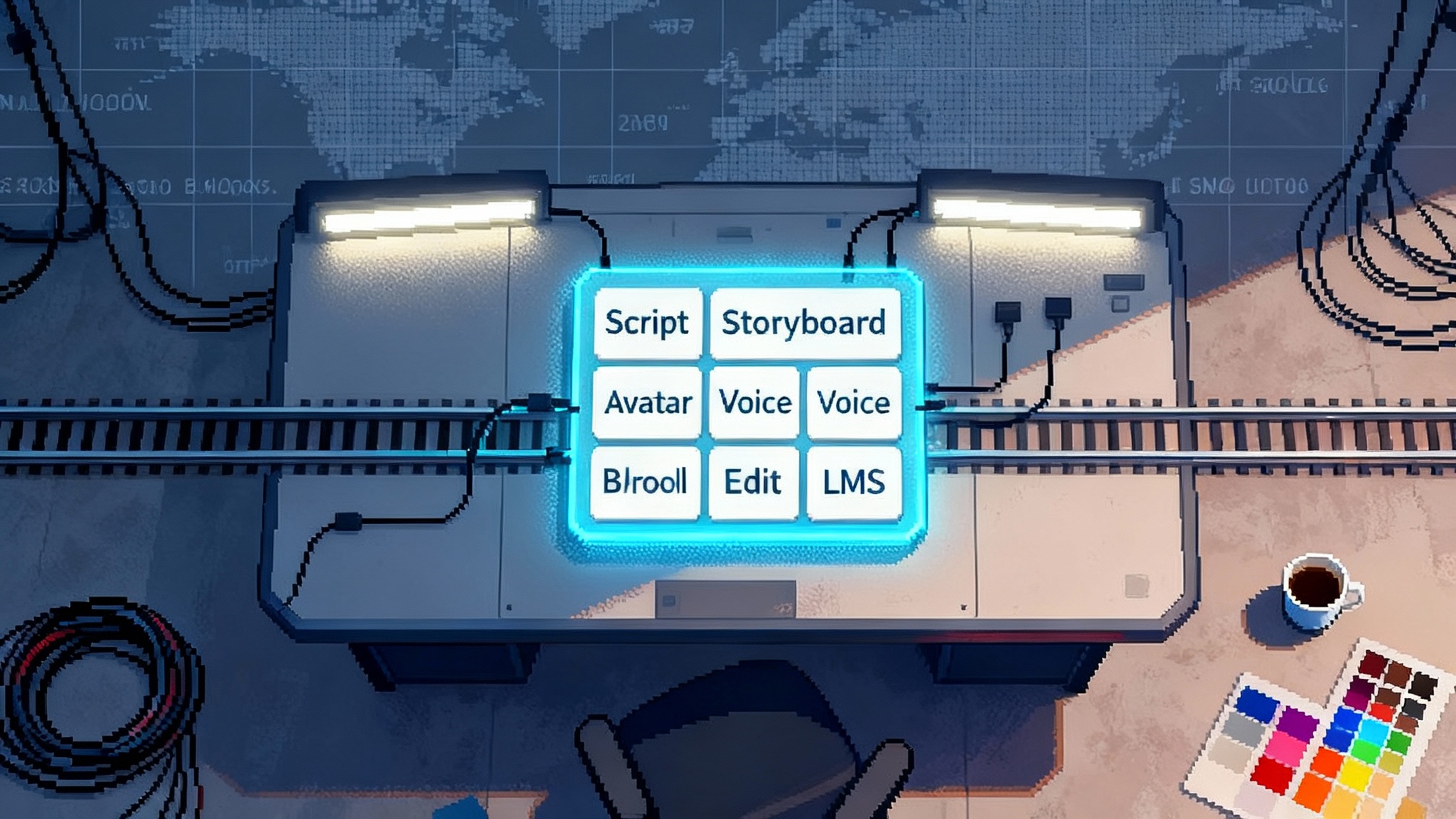Agent 3 marks the shift from coding assist to software by prompt
Replit Agent 3 raises the bar from code suggestions to autonomous builds that test and fix themselves. Here is how SDLC, eval stacks, roles, and procurement shift so non-engineers can ship production apps with confidence.

The launch that changes the question
On September 10, 2025, Replit introduced Agent 3 with self‑testing and automated fixes, moving its agent from code suggestion to code execution that closes the loop on its own. The company describes a system that builds an app, opens a real browser to test it, finds issues, and fixes them without waiting for human instructions. You can read the official details in Replit’s announcement, which explains the self‑testing and reflection loop upgrades in plain terms: introducing Agent 3 with self‑testing.
If you felt the market snap to attention after that post, you are not imagining it. For the last year, the category has circled around copilots that autocomplete code and occasionally run tests on command. Agent 3 reframes the buyer’s question. It is no longer “Can a copilot help my developers?” but “Can a builder ship my software from a prompt, with oversight?”
What Agent 3 actually does
Agent 3 is presented as an autonomous builder with three notable upgrades:
- Build, test, fix loop in a browser. The agent runs the app, executes tests with an actual browser, observes failures, and patches the code. It continues iterating until it meets the goal or exhausts the time budget.
- Longer autonomous runtime. Replit says the agent can work for hours, which matters for multi‑step builds with databases, authentication, and frontends that need repeated integration and styling passes.
- Agent generation and automations. You can ask it to create small agents or scheduled workflows that reach into Slack or Telegram. The builder can begin to delegate.
Replit’s public overview underscores these shifts with examples on the product page: Agent 3 capabilities and runtime.
The consequence of these upgrades is bigger than any single feature. If the loop is reliable enough, the center of gravity shifts from editing code to setting goals, writing acceptance criteria, and reviewing diffs. The keyboard still matters, but the prompt becomes the driver’s seat.
Why this is the real inflection to software by prompt
Copilots assist. They spark ideas and fill in boilerplate. A builder executes. It runs the program, touches the filesystem, starts servers, opens a browser, and acts until the outcome is achieved. The introduction of a reliable build, test, and fix loop is the threshold that separates a chatty teammate from an autonomous contributor.
A simple metaphor helps. Copilots resemble a great GPS with lane guidance. You still steer and brake. Agent 3 aims to be a valet. You state the destination and constraints. It drives, parks, and texts you where to find the keys. There is still oversight and a limited trust boundary, but the nature of the work changes from driving to specifying.
The moment that builders can test themselves is the moment non‑engineers can start shipping safely, because the guardrails are not just prompts telling the model to be careful. The guardrails are executable checks that fail loudly when requirements are not met. That is the essence of software by prompt.
What changes next quarter for startups
SDLC refocuses around acceptance criteria
Software development life cycle (SDLC) stages shift from code‑first to spec‑first. A practical workflow looks like this:
- Write a Prompt Spec. Describe the user story in natural language plus explicit acceptance criteria. Example: “A React form that collects name, email, and company, stores to SQLite, and sends a Slack message to channel ops‑alerts when a new entry is created.”
- Translate criteria to executable checks. Acceptance tests become the contract. Think of a small suite of Playwright or Cypress checks the agent must pass. The builder’s job is to make green checks, not just produce files.
- Let the agent run. Set a time budget and scope. Watch the live log rather than the code buffer.
- Diff and review. Human eyes still judge architecture, but the focus is on behavior and drift from standards.
This structure puts product managers and designers at the center because the quality of acceptance criteria directly controls outcomes. It also reduces handoffs. The agent composes code across frontend, backend, and deployment while tests provide the boundary.
If your team has been tracking the shift of interfaces from tabs to autonomous canvases, you will recognize echoes of our analysis on how the browser becomes your agent. Agent 3 makes that analysis operational inside the SDLC.
Evaluations and guardrails become a first‑class stack
You will assemble a new stack that sits beside version control:
- Goldens and shadow evals. Create a small, curated set of tasks that represent your app patterns: lists, forms, auth flows, database migrations. Each task has input prompts, expected outputs, and run‑time checks. The agent must pass these before it can ship changes.
- Safety and policy gates. Define data access rules at the tool level. For example, the agent can read production schemas but can only write to staging. It can hit the payments sandbox but cannot call the real gateway.
- Drift checks. Add style and dependency rules. If the agent adds a new library, require an explanation and a lightweight design note.
- Incident playbook. When an automated change misbehaves in staging, roll it back and pin the agent version. Log run context, prompts, and diffs for audit.
This is not a theoretical nice to have. It is the only way to let non‑engineers ship with confidence. Acceptance tests plus policy gates are what keep power and safety aligned.
Team roles evolve fast
- Prompt architect. Often a product manager or designer who writes Prompt Specs and acceptance criteria. They own the behavior contract.
- Eval engineer. A quality specialist who curates goldens, writes tests, and tunes scoring. They are the new guardian of release quality.
- Agent operator. A hybrid of DevOps and release manager who sets time budgets, tracks runs, escalates failures, and manages credentials.
- Security steward. A security engineer who configures tool permissions, secrets management, and data boundaries. They sign off on policies.
The result is a team that ships more by changing tests and policies than by editing files. Engineers still write frameworks, core libraries, and integration glue, but much of the feature work becomes specification and review. For a deeper view on how organizational memory shapes autonomy, see why memory is becoming the new control point.
Procurement criteria shift to autonomy and control
When you evaluate an autonomous builder, ask a different set of questions:
- Autonomy budget. How long can a run safely operate without intervention, and how do you cap it?
- Test surface. Does the agent test in a real browser and a real server, or only in a mocked shell?
- Observability. Can you see logs, diffs, screenshots, and network traces from each run? Can you export them to your monitoring stack?
- Identity and access. Support for single sign on, role based access control, and secret scoping per environment.
- Compliance posture. SOC 2, data residency options, and audit trails for regulated teams.
- Pricing clarity. Are you billed by run time, by tokens, or by tasks? What happens when a run fails tests and retries?
Treat the agent like a contractor. You would not hire a contractor who cannot show you invoices, time logs, and work summaries. Demand the same from the software.
What changes next quarter for enterprises
Enterprises can benefit quickly, but only with a crisp operating model.
Governance and change management
- Approvals on behavior, not code. Require sign off on acceptance criteria and data access scopes. Code is an implementation detail that the builder can change.
- Staged gates. Move every run through dev, test, staging, and production with automatic policy tightening at each gate. Production may require human approval even if staging tests pass.
- Immutable run records. For every autonomous deployment, store the prompt, environment, tests, artifacts, and sign off. Treat it like a change management ticket.
Security and data boundaries
- Least privilege by default. The agent reads production schemas and logs but writes only to staging or blue green targets until final approval.
- Customer data controls. Mask personally identifiable information in logs and snapshots used for tests. Route sensitive checks through synthetic data fixtures.
- Model and tool transparency. Keep an inventory of which models, extensions, and connectors the agent can use. Rotate credentials on a schedule.
Integration with enterprise tooling
- Ticketing alignment. Automatically open and close tickets in your issue tracker as runs progress through gates.
- Monitoring and alerts. Forward agent run telemetry to your observability platform. Define service level objectives for agent success rates and median run time.
- Legal and procurement. Update master service agreements to cover autonomous actions. Define liability boundaries for the vendor versus your team.
For large teams that compete on data leverage, this is also where platform thinking matters. The most durable advantage comes from controlled, high quality environments. Our analysis of why environments can become the moat applies directly to autonomous builders.
Choosing the first high leverage projects
Start with workflows that have clear acceptance criteria and limited blast radius. Good candidates:
- Internal data dashboards that join two sources and offer search and filters.
- Document intake forms that validate fields, store to a database, and post into a chat channel.
- Customer support bots that search a knowledge base and escalate to humans with full transcript context.
- Sales operations tools that enrich leads and add them to the CRM with validation.
Avoid at first:
- Money movement or irreversible inventory actions.
- Systems with complex concurrency or strong consistency requirements.
- Anything governed by strict regulation where audits require deterministic artifacts the agent cannot reliably produce yet.
This progression lets non‑engineers feel the power without risking core revenue or compliance.
Metrics that show you are shipping safely
Measure outcomes, not vibes.
- Lead time from prompt to staging pass. Benchmarks whether Prompt Specs and tests are clear.
- Change failure rate. Percentage of runs that fail in staging or require rollback in production.
- Mean time to recovery. How quickly you revert or fix after a failed autonomous change.
- Eval pass rate. Percent of goldens green on every run before deploy.
- Cost per shipped feature. All in run time and human review minutes divided by shipped changes.
- Human oversight hours. Time spent on review versus writing code. The goal is to shift effort from typing to testing and policy.
If numbers do not improve, do not assume the agent is the issue. Often the problem is vague acceptance criteria or missing tests. Tighten the contract before swapping tools.
A concrete 30 day plan for startups
Week 1
- Pick one internal app or workflow with crisp acceptance criteria.
- Write five goldens that simulate the top tasks your app must perform.
- Define a staging environment the agent can deploy to without human approvals.
Week 2
- Draft Prompt Specs for two upcoming features and translate them into acceptance tests.
- Run the agent with a strict two hour cap per task and collect telemetry.
- Hold a blameless review. What failed? Which tests were missing? Where did the agent drift from conventions?
Week 3
- Add policy gates for data access and dependency changes.
- Assign clear roles: prompt architect, eval engineer, agent operator.
- Rerun on the same tasks and compare change failure rate week over week.
Week 4
- Expand the test surface to include cross browser checks.
- Pilot a limited production release with an approval step.
- Write a one page runbook for incident response and rollback.
At the end of 30 days you should know whether autonomous building is beating your old commit‑review‑merge loop on throughput and reliability. If not, your next move is more tests, clearer acceptance criteria, or a narrower scope per run.
An enterprise pilot that de‑risks scale
- Set a narrow charter. One line of business, one app, one environment.
- Establish identity and access with single sign on and per environment secrets. Scope the agent to staging writes only.
- Bring legal into the room for a short session on run records and liability. Decide what constitutes a deployment for audit.
- Stand up observability. Shipping without logs and screenshots is a non starter.
- Choose three goldens and two red team tests. The red team tests try to trick the agent into unsafe actions, such as exfiltrating data or deleting records.
- Commit to a weekly go or no go on widening scope. Do not let the pilot linger.
What this means for the tool landscape
Agent 3 will not eliminate editors, linters, or continuous integration. It changes their role. Editors become the place you shape tests and policies. Linters become preflight checks for agent proposals. Continuous integration turns into continuous evaluation, where acceptance tests and safety gates decide if a run can progress.
Traditional copilots from large vendors remain valuable for fast local edits and learning. The difference is that autonomous builders try to own the full loop. The market will meet in the middle. Expect editors that can hand a task to an agent for an hour, then accept a pull request with passing tests and a short video of the browser session. Expect platforms to expose run caps, scheduled automations, and connector catalogs. Expect security teams to formalize agent permissions the same way they handle service accounts today.
The new social contract of shipping
If non‑engineers are going to ship production apps, the social contract must be clear:
- Non‑engineers promise to write unambiguous acceptance criteria and to escalate when a run’s behavior looks off.
- Engineers promise to maintain the test harnesses, policies, and templates that encode standards.
- Leadership promises to measure outcomes rigorously and to put safety gates ahead of speed when the two conflict.
This contract is not about taking engineering out of the loop. It is about changing what engineering does. Instead of pasting boilerplate and wrestling with scaffolding, engineers design the rails that everyone else can ride.
The bottom line
Agent 3 is not magic. It is an automated loop that builds, tests, and fixes according to a contract you define. That contract is acceptance criteria plus safety gates. When those are strong, non‑engineers can ship. When they are weak, no agent can save you.
The next quarter belongs to teams that rewrite their SDLC around Prompt Specs, executable tests, and clear policies. If you do that, the agent becomes a reliable builder rather than a clever assistant. You move from typing code to specifying outcomes. You ship more, with fewer handoffs, and with clearer accountability.
The era of software by prompt is not a slogan anymore. With self‑testing builders, the build button starts to feel like a teammate. The companies that treat it that way, with the right tests and guardrails, will be the ones that ship faster without losing control.








